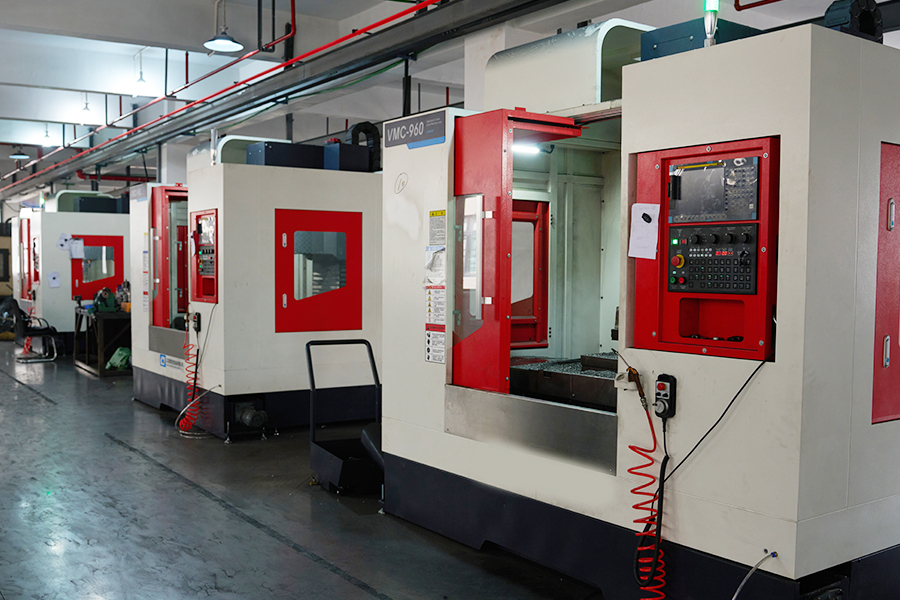The Rise of 3-in-1 Casting Machines and the Impact of Aluminum Casting Equipment
Industry News-The 3-in-1 casting machine is a breakthrough in casting technology that integrates three essential functions—molding, core shooting, and sand reclamation—into a single unit. This machine combines all the necessary steps of the casting process, eliminating the need for separate machines and manual intervention, which can be time-consuming and costly. The result is a streamlined and efficient production process that reduces operational complexity and improves overall productivity.

The 3-in-1 casting machine is capable of creating high-precision molds using the core material. The molding section ensures that the molds produced are of the quality, with the exact dimensions required for the finished product. These molds are crucial for casting parts in industries that demand complex geometries and tight tolerances.
The core shooting function of the machine creates the internal parts of the mold, which are essential for casting hollow components or parts with intricate details. By automating the core shooting process, the 3-in-1 casting machine eliminates the need for manual core making, reducing the risk of defects and improving the consistency of each mold.
The 3-in-1 machine also features a built-in sand reclamation system, which recycles sand used in the casting process. This is important because it reduces waste and helps ensure that the sand used for molding remains of high quality. The reclamation system not only cuts costs by reusing materials but also contributes to the sustainability of the casting operation.
The introduction of aluminum casting equipment has addressed several challenges in the manufacturing sector, particularly in industries that require lightweight, high-performance metal components. Aluminum casting, in general, involves pouring molten aluminum into molds to create parts that are durable yet lightweight. However, it is the specialized equipment used for aluminum casting that has significantly improved production efficiency and product quality.
One of the pressing issues faced by industries such as automotive and aerospace is the need to reduce the weight of components without compromising on strength or performance. Aluminum casting equipment solves this problem by enabling the production of aluminum parts, which are significantly lighter than those made from traditional metals like steel. This weight reduction contributes to improved fuel efficiency in vehicles and aircraft, making it especially valuable for industries focused on sustainability.
The precision of modern aluminum casting equipment allows manufacturers to create parts with complex geometries, such as engine blocks, transmission housings, and structural components, that are both lightweight and strong. This has a direct impact on the performance of vehicles and machinery, reduced energy consumption and increased overall efficiency.
Before the advent of specialized aluminum casting equipment, manufacturers faced challenges in achieving the required precision and surface finish for aluminum parts. Traditional casting methods often resulted in defects such as porosity, surface roughness, and dimensional inaccuracies, which required extensive post-processing.
With the development of aluminum casting equipment, the accuracy and quality of the casting process have significantly improved. These machines offer better control over temperature, pressure, and cooling rates, reducing the likelihood of defects and ensuring that each part meets strict specifications. The ability to produce parts with higher precision not only improves the fit and function of the components but also reduces the need for rework and scrap.
 En
En
 русский
русский Español
Español عربى
عربى Deutsch
Deutsch















